Abarth 500 595 695 vs Mercedes EQB – Performance, range & efficiency compared
Two cars, one duel: Abarth 500 595 695 meets Mercedes EQB.
Which one wins in performance, efficiency and value for money? Find out now!
Costs and Efficiency:
Price and efficiency are often the first things buyers look at. Here it becomes clear which model has the long-term edge – whether at the pump, the plug, or in purchase price.
Abarth 500 595 695 has a significantly advantage in terms of price – it starts at 32600 £, while the Mercedes EQB costs 45900 £. That’s a price difference of around 13307 £.
In terms of energy consumption, the advantage goes to the Mercedes EQB: with 15.20 kWh per 100 km, it’s to a small extent more efficient than the Abarth 500 595 695 with 17.10 kWh. That’s a difference of about 1.90 kWh.
As for range, the Mercedes EQB performs convincingly better – achieving up to 535 km, about 270 km more than the Abarth 500 595 695.
Engine and Performance:
Power, torque and acceleration are the classic benchmarks for car enthusiasts – and here, some clear differences start to show.
When it comes to engine power, the Mercedes EQB has a convincingly edge – offering 292 HP compared to 155 HP. That’s roughly 137 HP more horsepower.
In acceleration from 0 to 100 km/h, the Mercedes EQB is a bit quicker – completing the sprint in 6.20 s, while the Abarth 500 595 695 takes 7 s. That’s about 0.80 s faster.
In terms of top speed, the Mercedes EQB performs hardly perceptible better – reaching 160 km/h, while the Abarth 500 595 695 tops out at 155 km/h. The difference is around 5 km/h.
There’s also a difference in torque: Mercedes EQB pulls decisively stronger with 520 Nm compared to 235 Nm. That’s about 285 Nm difference.
Space and Everyday Use:
Beyond pure performance, interior space and usability matter most in daily life. This is where you see which car is more practical and versatile.
Seats: Mercedes EQB offers to a small extent more seating capacity – 5 vs 4.
In curb weight, Abarth 500 595 695 is convincingly lighter – 1410 kg compared to 2105 kg. The difference is around 695 kg.
In terms of boot space, the Mercedes EQB offers convincingly more room – 495 L compared to 185 L. That’s a difference of about 310 L.
In maximum load capacity, the Mercedes EQB performs convincingly better – up to 1710 L, which is about 1160 L more than the Abarth 500 595 695.
When it comes to payload, Mercedes EQB to a small extent takes the win – 435 kg compared to 385 kg. That’s a difference of about 50 kg.
Who wins the race?
The Mercedes EQB proves to be dominates this comparison and therefore becomes our DriveDuel Champion!
Mercedes EQB is the better all-rounder in this comparison.
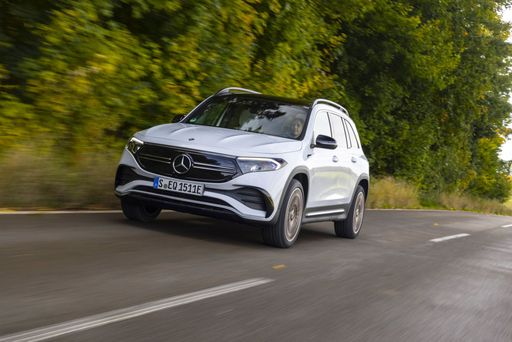 @ Mercedes-Benz Group Media
@ Mercedes-Benz Group Media
Mercedes EQB
Abarth 500 595 695
The Abarth 500, particularly in its 595 and 695 renditions, captures the spirit of Italian motoring with its compact yet aggressive design. Known for its lively performance and distinctive styling, this little powerhouse is a joy to drive, offering an engaging experience that appeals to enthusiasts. With its rich motorsport heritage, the Abarth 500 embodies the essence of fun and excitement on both the streets and the race track.
details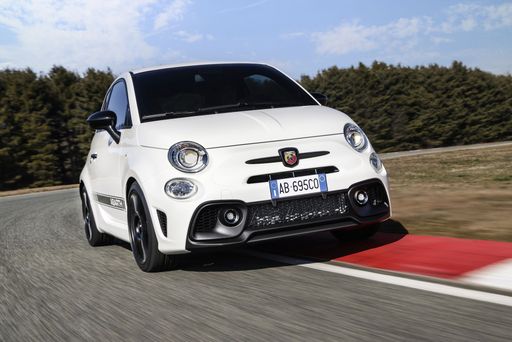 @ Abarth / Stellantis Media
@ Abarth / Stellantis Media
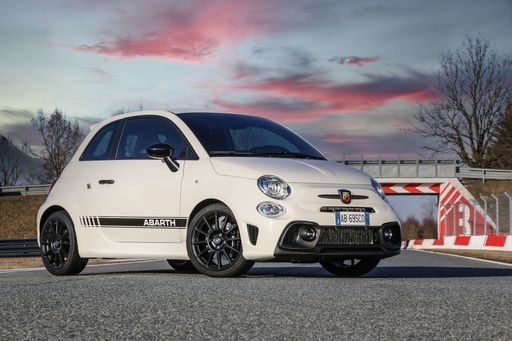 @ Abarth / Stellantis Media
@ Abarth / Stellantis Media
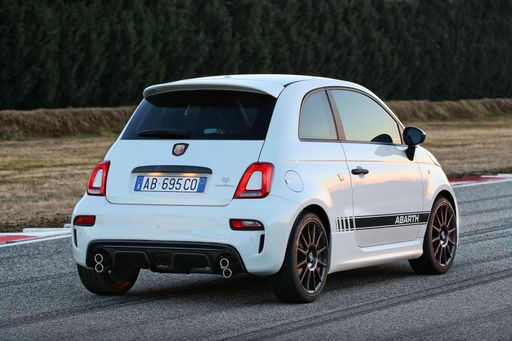 @ Abarth / Stellantis Media
@ Abarth / Stellantis Media
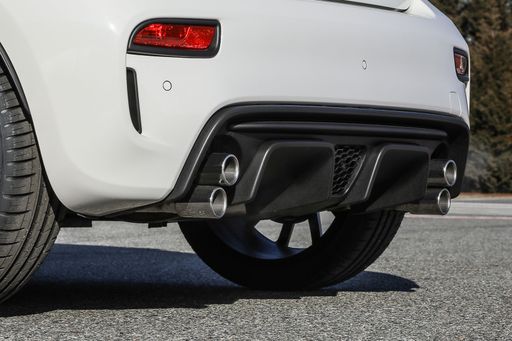 @ Abarth / Stellantis Media
@ Abarth / Stellantis Media
 @ Abarth / Stellantis Media
@ Abarth / Stellantis Media
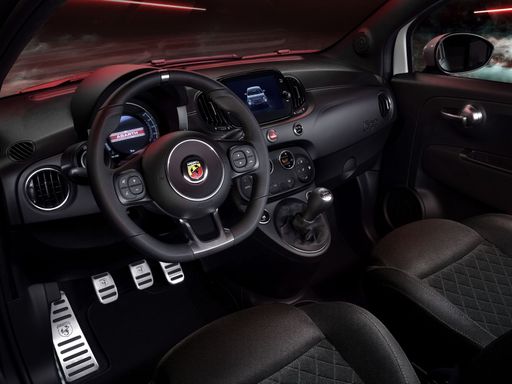 @ Abarth / Stellantis Media
@ Abarth / Stellantis Media
Mercedes EQB
The Mercedes-Benz EQB is an all-electric compact SUV that seamlessly blends practicality with modern luxury. Its sleek design and spacious interior make it an attractive option for families seeking both style and function. With advanced technology and impressive range capabilities, the EQB is a testament to Mercedes-Benz's commitment to sustainable mobility.
details @ Mercedes-Benz Group Media
@ Mercedes-Benz Group Media
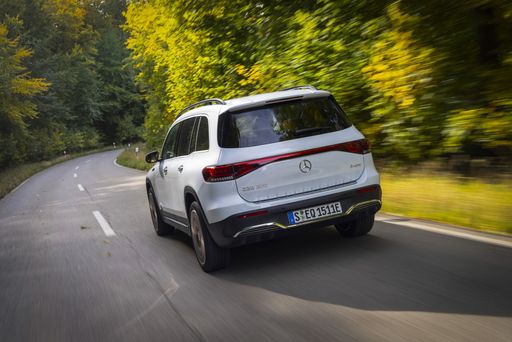 @ Mercedes-Benz Group Media
@ Mercedes-Benz Group Media
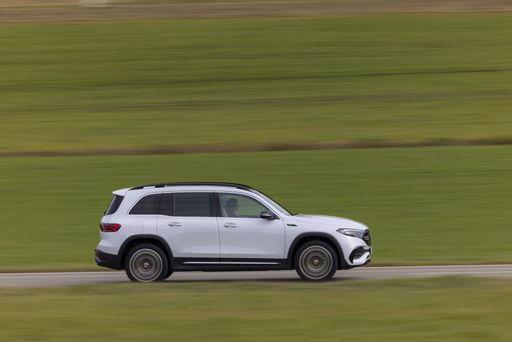 @ Mercedes-Benz Group Media
@ Mercedes-Benz Group Media
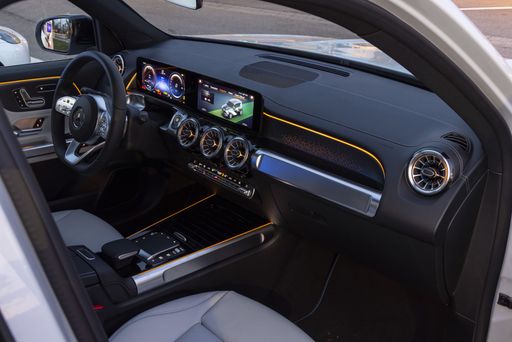 @ Mercedes-Benz Group Media
@ Mercedes-Benz Group Media
 @ Mercedes-Benz Group Media
@ Mercedes-Benz Group Media
 @ Abarth / Stellantis Media
@ Abarth / Stellantis Media
|
 @ Mercedes-Benz Group Media
@ Mercedes-Benz Group Media
|
|
|
|
Costs and Consumption |
|
|---|---|
|
Price
32600 - 39400 £
|
Price
45900 - 58900 £
|
|
Consumption L/100km
-
|
Consumption L/100km
-
|
|
Consumption kWh/100km
17.1 - 18.8 kWh
|
Consumption kWh/100km
15.2 - 17.2 kWh
|
|
Electric Range
242 - 265 km
|
Electric Range
468 - 535 km
|
|
Battery Capacity
37.80 kWh
|
Battery Capacity
70.50 kWh
|
|
co2
0 g/km
|
co2
0 g/km
|
|
Fuel tank capacity
-
|
Fuel tank capacity
-
|
Dimensions and Body |
|
|---|---|
|
Body Type
Hatchback
|
Body Type
SUV
|
|
Seats
4
|
Seats
5
|
|
Doors
3
|
Doors
5
|
|
Curb weight
1410 - 1435 kg
|
Curb weight
2105 - 2170 kg
|
|
Trunk capacity
185 L
|
Trunk capacity
495 L
|
|
Length
3673 mm
|
Length
4684 mm
|
|
Width
1682 mm
|
Width
1834 mm
|
|
Height
1518 mm
|
Height
1654 - 1689 mm
|
|
Max trunk capacity
550 L
|
Max trunk capacity
1710 L
|
|
Payload
370 - 385 kg
|
Payload
435 kg
|
Engine and Performance |
|
|---|---|
|
Engine Type
Electric
|
Engine Type
Electric
|
|
Transmission
Automatic
|
Transmission
Automatic
|
|
Transmission Detail
-
|
Transmission Detail
Reduction Gearbox
|
|
Drive Type
Front-Wheel Drive
|
Drive Type
Front-Wheel Drive, All-Wheel Drive
|
|
Power HP
155 HP
|
Power HP
190 - 292 HP
|
|
Acceleration 0-100km/h
7 s
|
Acceleration 0-100km/h
6.2 - 8.9 s
|
|
Max Speed
155 km/h
|
Max Speed
160 km/h
|
|
Torque
235 Nm
|
Torque
385 - 520 Nm
|
|
Number of Cylinders
-
|
Number of Cylinders
-
|
|
Power kW
114 kW
|
Power kW
140 - 215 kW
|
|
Engine capacity
-
|
Engine capacity
-
|
General |
|
|---|---|
|
Model Year
2023
|
Model Year
2024 - 2025
|
|
CO2 Efficiency Class
A
|
CO2 Efficiency Class
A
|
|
Brand
Abarth
|
Brand
Mercedes-Benz
|
Is the Abarth 500 595 695 offered with different drivetrains?
The Abarth 500 595 695 is offered with Front-Wheel Drive.
The prices and data displayed are estimates based on German list prices and may vary by country. This information is not legally binding.
